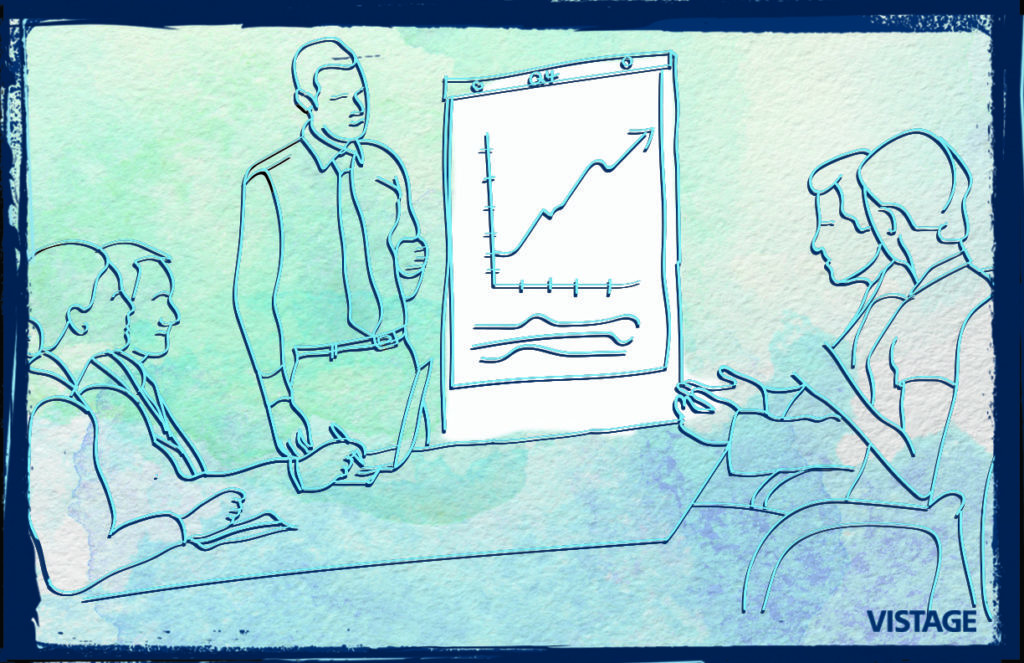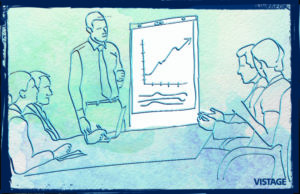Fast, Effective Decision-Making in a Complex World

Over the past decade, a new organizational model has appeared which may increase your company’s effectiveness, especially if you’re a global company with units in different geographic regions that needs to make great decisions, quickly, in the face of constantly changing circumstances.
 Management theory focuses on the Functional model (i.e., skills-expertise is the core organizing principle) and the Small Business Unit (SBU) model, which organizes people by customer needs grouped by products or geographic regions. In the 1960s, NASA facing the challenge of mobilizing a diverse group of professionals to build new, diverse products which could land a man on the moon, developed the Matrix model: each person reports to both a Functional and SBU leader. (See Sayles and Chandler’s Managing Large Systems). While more complex, it also allowed for the use of temporary project teams.
Management theory focuses on the Functional model (i.e., skills-expertise is the core organizing principle) and the Small Business Unit (SBU) model, which organizes people by customer needs grouped by products or geographic regions. In the 1960s, NASA facing the challenge of mobilizing a diverse group of professionals to build new, diverse products which could land a man on the moon, developed the Matrix model: each person reports to both a Functional and SBU leader. (See Sayles and Chandler’s Managing Large Systems). While more complex, it also allowed for the use of temporary project teams.
Over the past decades, leaders have realized that hierarchical models reduce the ability of people to make quick decisions, especially when scattered, and flattened their structures.* One result is the Network model, which is used by organizations like Al-Queda and ISIS. Temporary project teams work together and are empowered to make decisions, especially because communication flow may be severely limited. Key is the recruitment of committed individuals who are trained and empowered to make local decisions, quickly to gain an advantage, without first checking with higher authorities.
Recently, a member of my CEO group, whose company has local people serving clients in the US, Europe and Asia, reach a limit in scalability, using the traditional models. While the Network model offered some solutions it didn’t address team building. Seeking to refine it, I discovered Team of Teams: New Rules of Engagement for a Complex World, by General Stanley McCrystal; it provided the missing link.
Faced with a losing war effort in Iraq in 2003, where the enemy’s (Al Queda) network made members far more agile and resilient compared to US Forces, which relied on a classic command-and-decision structure, General McCrystal was charged with turning the situation around. After thoroughly analyzing the situation, he adopted what I’m calling a Network-teams model: members belonged to several overlapping and complementary teams to gain access to information and trust for needed decisions. The result: by 2008 US troops gained the upper hand in the war on Terrorism in Iraq and Afghanistan.
Let me share some of the key insights that led to the development of the model:
- Complexity doesn’t mean complicated. Something is complicated when each part is joined to another (e.g., Rube Goldberg device). Complexity occurs when the number of interactions between components increases dramatically; viruses spread, as do runs on banks; communications in the game of “telephone” morph. Each element has a vast number of interdependencies that can’t be fully anticipated and can lead to unpredictable results.
- Efficiency isn’t the goal; effectiveness is. Classic assembly lines are built on the concept of limiting access on a need-to-know basis so you can focus. In a networked world, remove one component, and you may have a disaster. Effectiveness is ensured by having redundant sources who can refine ambiguous data into actionable information. The only way to combat terrorists or competitors who make their own decisions is for your stakeholders to make adaptive decisions on their own.
- An effective culture requires trust to facilitate effective, speedy decision-making. In a spread-out (Network) organization it’s impossible to know everyone. But if you’re part of a “team of teams”, each individual can become acquainted with at least one member of each team, and use that relationship to create shared consciousness and trust. Thus the Network-teams model is a “teams of teams”, and not silos of teams!
In sum, in our complex world, where data and communications flow quickly and require speedy decisions, the scalable Network-teams model facilitates agile and resilient strategies among members who trust one another regardless of which battlefield you’re in: war zones, wealth management, medical care, technology or supply-chain management.
The Scalable Network model may be the right tool for your organization. Think about it. Share your thoughts and questions below.
* Holacracy takes it to the logical extreme putting everyone at one level. Zappos is implementing it.
Category: Leadership Competencies

